
Matthew Bourne and his Adventures in Dance
by Matthew Bourne and Alastair Macaulay
Faber and Faber, Paperback
ISBN: 9780571235889
November 2011, 768 page
Publishers page on book
On the back cover of Alastair Macaulay’s book of conversations with Matthew Bourne, there is a quotation from Joan Acocella of the New Yorker, who calls it ‘an extraordinary document’. At first glance, this might seem a bit much, a tad exaggerated; by what criteria are we judging? But after wondering what lengths dance lovers and historians would go to for a similar book that records with similar candour and detail the influences and processes of every dance piece made by men such as Balanchine or Ashton, I realised that this claim doesn’t seem so hyperbolic. Such a volume would be an invaluable resource for balletomanes everywhere, the holy grail of dance scholarship.
Simultaneously very wide in its scope as it describes every stage of Bourne’s career, and very specific in its details, this book is catnip for diehard Bourne obsessives, a must-have addition to their bookshelves. But those primarily interested in drama and acting, as well as modern theatre in general, will also find it fascinating to see how much Bourne speaks of stories, of narrative and emotional truth in his work. Before reading it, I envisioned it as being useful to the aspiring choreographer, discussing choreographic techniques and giving advice, but I soon changed my mind. It is a detailed meditation of Bourne’s particular interests and personal processes, a reflection on his own work rather than a dance maker’s manual.
Having said that, one major thing aspiring choreographers can gain from this work is a broadening of horizons, an encouragement to open their eyes to everything around them for inspiration. Most striking throughout the book, in conversations spanning over a decade, is the dizzying range of Bourne’s influences. It seems as though every moment of his life that has not been spent making award-winning productions has been spent at the theatre seeing other work, listening to music and above all watching film, greedily gobbling up inspiration for the next show. Traditional advice to would-be novelists is to devour every scrap of printed word they can lay their hands on, and Bourne takes this further and plumbs the depths of almost every art form around. Dizzying references to films and plays and operas leave the reader breathless with the amount of cultural catch-up we feel we must do. This cross-referencing of culture is what has made his genre of dance theatre so compelling, creating work that pierces right to the hearts of his audiences. The boundless curiosity, the sponge-like soaking up of the ever-more-intricate tapestry of culture is the biggest thing a would-be choreographer can take from this book, indeed is something that any creative artist can learn to do and benefit from.
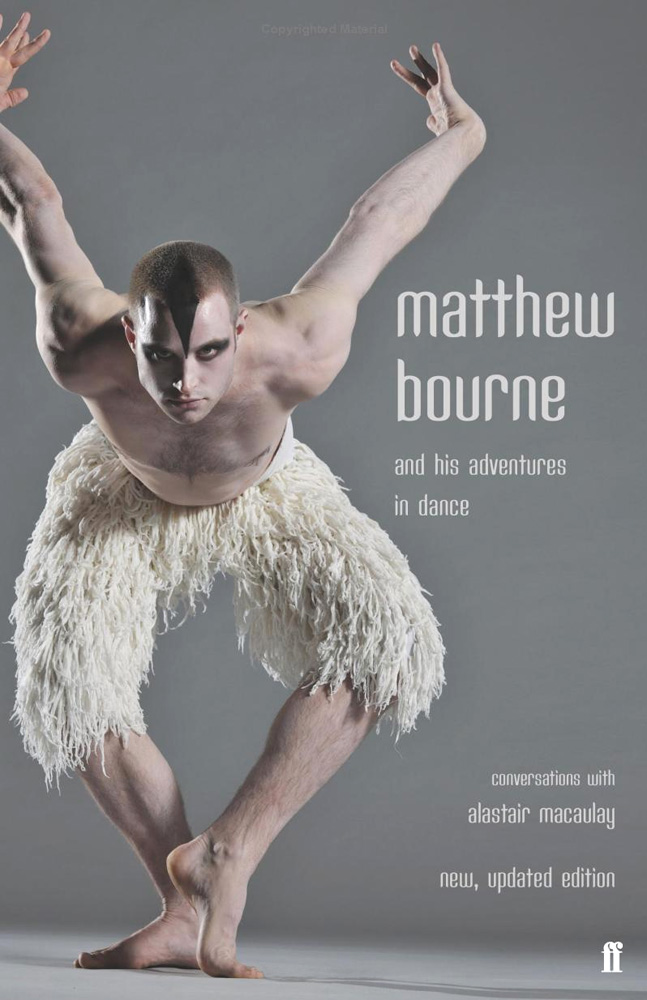
It is fitting that it is the man who is hailed (and sometimes denounced) as someone who makes dance accessible and relevant to most modern lives, who puts bums on seats like no other, is the one who delves this deeply and freely into that most arcane of mysteries, The Creative Process. The generosity of the creator, and the prodigious knowledge of the scholar glow from every page, especially the reproductions of notes from the conception stages of each ballet, the detailed descriptions of scenarios and early costume ideas. The publication of these notes, which strikes me as tantamount to the publication of a novelist’s personal diary, is just another strand of the amazing honesty that makes this book the extraordinary document Joan Acocella refers to. These conversations are also a significant contribution to the study of dance as an academic subject. I have already sat A level dance, so I was able to read this book for pleasure not exam points, but I would advise students studying Swan Lake to comb through it to pick up a few interesting things to write in their essays.
Throughout the book, Bourne constantly speaks of his need to revise his old works with every revival, as he sees things with new eyes and roles are interpreted by new dancers. This book is much like Bourne’s work in this way- this is the second edition, updated to span over twenty years and over thirty shows. Just like one must continually keep updating one’s iphone, this book has not reached its final incarnation yet. Unfortunately, I’m not blessed with the gift of predicting the future, but I will go out on a limb and say that by no means is Matthew Bourne finished creating yet, which means we can all look forward to reading the third edition of this book, liberally sprinkled with even more remarkable insights in another ten years time.








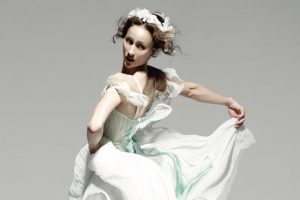

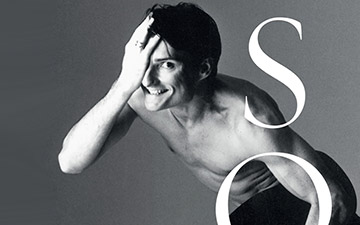

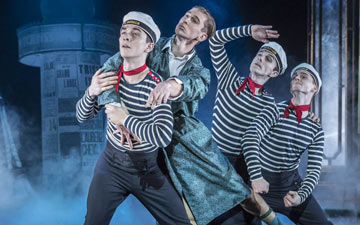
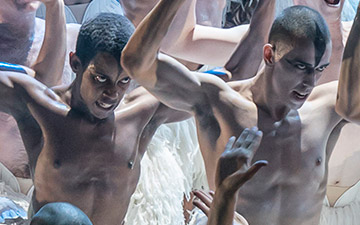
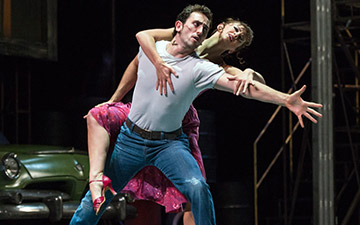

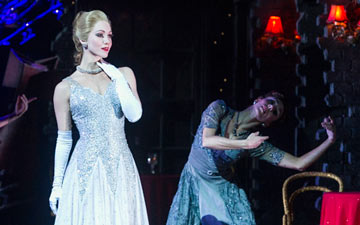
You must be logged in to post a comment.